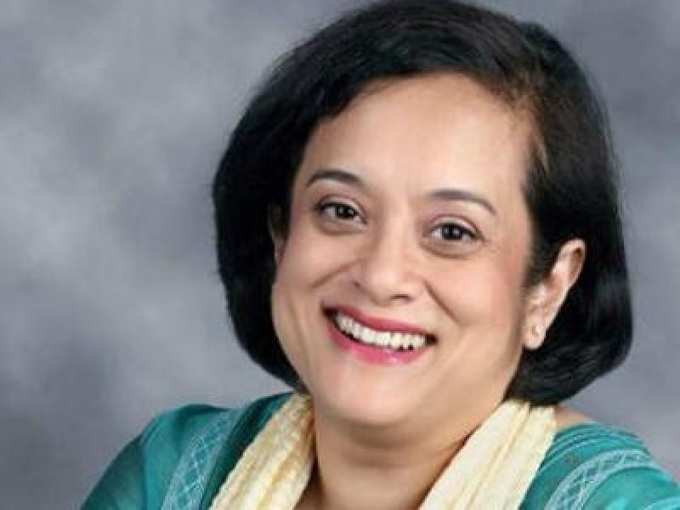 Prime Minister
Prime Minister We decided to speak to MD for Intel South Asia,
Business Insider caught up with this power woman recently to find out how she is spearheading one of world’s leading Processor Company’s objective of driving technology adoption in various countries, especially in India.
ALSO READ: How Intel is helping build technology in India like no other company
Ghosh said – “The way we approach a country is - what is the current state of technology adoption, what the barriers are and what has to be done for the adoption to accelerate. When you look at India, the current state is dismal.Only around 20 per cent of the population have access to computing tech like education, healthcare services, agriculture which are critical for growth and development.”
Highlighting the biggest challenge for India on its way to ‘building Digital India’ dream, she said - “We need to figure out what will it take 40-50 per cent of the Indian population to connect with technology in the next few years, so that we can align ourselves to the 100% goal the government has set for 2020.”
In view of these challenges, Debjani further added that she saw two things standing out – “The next generation of tech users in India will be rural and there is a big disconnect between them and what technology can do for them. Most of them view technology as merely being able to make a phone call or let’s say watching YouTube videos. But what they completely miss out on are some of the productivity like how can technology be used to get better information, say enabling a farmer to take more informed decisions, or helping a pregnant woman read on nutrition good for her and her child. Understanding of this part is absolutely missing.”
She made a very pertinent point when she said that technology adoption in India won’t take off till the time it’s seen as a need, and not necessity. “That is why our focus is on how we can build relevance and connect the dots between technology and areas its necessary for like improved health, livelihood, education etc, because if we can do this, there will be a real need to acquire technology we will see technology adoption take off in this country,” Ghosh said.
It starts with creating awareness - This is where Intel’s work with the government and its ad campaign are making a difference. It’s showing how technology is seriously changing lives. “How it can help you earn more money, how it can help you get a better job, how it can help you improve health, these are the common themes across Intel’s brand campaign coupled with programs on-the-ground like 'Ek Kadam Unnati Ki Aur', Skill development and digital literacy programs that make people aware of the power of technology,” said Ghosh.
Awareness is good, but without solutions they mean nothing – “You can create awareness, but if solutions are not relevant people are still not going to use technology. This is where we feel that we have to tap into the expertise that exists across the value chain - from the large MNCs to the small makers because you never know where a good idea will come from. You have to tap into all of the expertise that exists so you can get the best ideas and the best solutions out. What differentiates our work versus what everyone else is doing today out there us - we are not just after the ideas, but turning those into real solutions by taking them to the market so that you can see the impact on peoples' lives. After all, success of an idea depends on the real impact it has made on the ground,” said Ghosh.
On how she has helped Intel create a local ecosystem of entrepreneurship, Ghosh talked of the various stakeholders she works with – “You have to work with academia, government, big companies, makers and small companies for an overall revolution. Via our focus on